A number of companies and researchers are working on the cycloidal rotor concept, believing that what some may consider a fringe technology, has several benefits that may draw it into the advanced air mobility ecosystem. Take for example the work being done at Texas A&M University where researchers are studying the cyclocopter aircraft concept.
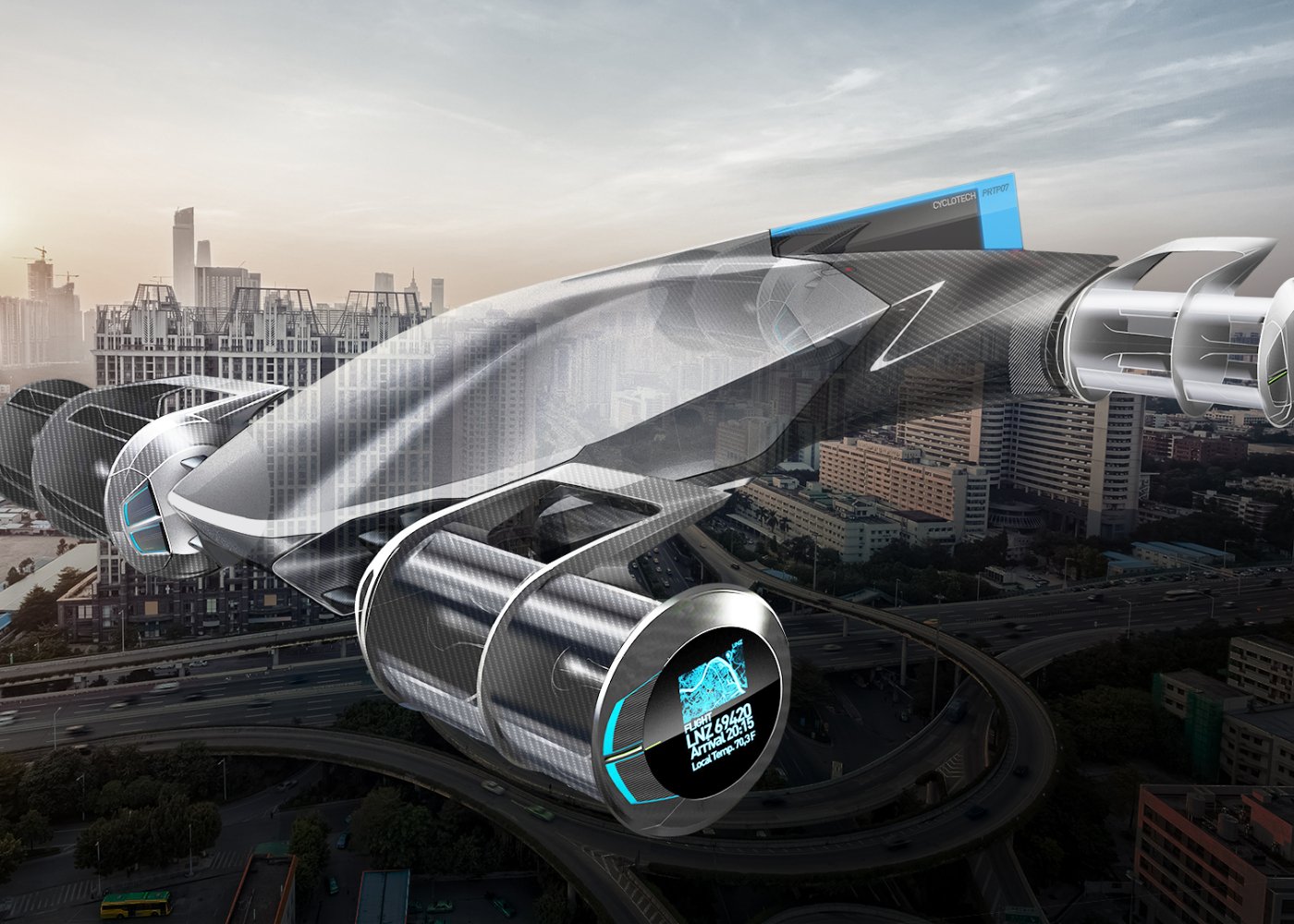
Austrian company CycloTech, which released footage of its first flight of its technology demonstrator last year, uses a CycloRotor propulsion system that’s based on the Voith Schneider Propeller design. We spoke to Markus Steinke, chief development officer at CycloTech, for his take on this technology.
Alex Scerri: Markus, can you give us a brief background on yourself and CycloTech?
Markus Steinke: I have been in the helicopter business for over 20 years, mostly with Eurocopter. I was managing the whole H135 program for its full life cycle worldwide, from product development to in-service support. Another very enriching experience was my time as managing director of Airbus Helicopters U.K., and building the U.K. market for both military and civil products.
I then moved to the corporate side of Airbus in Toulouse, France. During my time there, I saw that a lot of the innovation in eVTOL, space products, etc., was happening outside the circle of the major players. This pulled me like a magnet as I wanted to contribute to the major change in aviation and mobility in general that we will experience in the 21st century.
I joined CycloTech last year. The company was founded in 2004, and toward the end of 2016, it was rebranded as CycloTech, in tandem with installing a new team and a systematic approach to product development.

Alex Scerri: What are the main benefits of a CycloRotor?
Markus Steinke: The fundamental advantage is that thrust can be directed in a 360-degree direction around the axis of rotation. You have total control on the thrust direction and magnitude in this plane. For eVTOL, this is highly desirable to have a smooth transition from vertical to horizontal flight and vice versa. Other designs rely on complex tilting mechanisms or have separate lift and cruise rotors.
The near-instantaneous thrust vector control allows precision maneuvering, and something that is very important for small vehicles — an effective gust response and control which will be critical when operating in an urban setting. The total decoupling of aircraft body attitude from the flight path is another gamechanger. All these features and the compact dimensions of CycloRotors will result in a new breed of innovative designs.
Alex Scerri: Will CycloTech mainly focus on selling the technology or building an aircraft?
Markus Steinke: CycloTech’s aim is to be a propulsion system company, not an aircraft manufacturer. We have our own vehicle design department because it is vital to understand how our technology will integrate into an aircraft project. We use a demonstrator vehicle to collect real-world data and showcase the unique selling proposition (USP) of CycloRotors.
Alex Scerri: What is the intellectual property (IP) that differentiates you from other cyclocopter projects?
Markus Steinke: We have a couple of patents related directly to the rotor and rotor control and others related to the application of the technology.
Alex Scerri: Do you see any issues when scaling up the rotors as they may be significant percentage mass fraction of the vehicle?
Markus Steinke: A lightweight, robust design will be key. Most cyclocopter projects started with smaller models about the size of a shoe box. We started with rotors with a diameter of 35 to 70 centimeters (14 to 28 inches) and a span width of between 40 to 80 cm (16 to 31 in). We have been through five generations of CycloRotors and achieved a 68% increase of thrust to weight ratio. That is where we get benefit from testing in our demonstrator, with which we have completed 110 flight tests with more to come this year.
Alex Scerri: Have you been in touch with the European Union Aviation Safety Agency (EASA) to discuss the certification basis for the technology or for a complete vehicle using this propulsion system?
Markus Steinke: We are aiming for EASA’s electric and hybrid propulsion system (EHPS) approach to certification. But of course, it can also be certified within the development of an aircraft following EASA’s SC-VTOL. We have not contacted EASA yet, but it is one of our next steps.
Alex Scerri: Do you have any specifications for an eventual aircraft?
Markus Steinke: We are currently reassessing our initial vehicle concepts as we are aiming for the second wave of eVTOL aircraft. The biggest potential for our technology and a perfect match for our technology is the individual air mobility market. We think that there could be partners from the eVTOL community, the mainstream aircraft manufacturers, and especially from the automotive world.
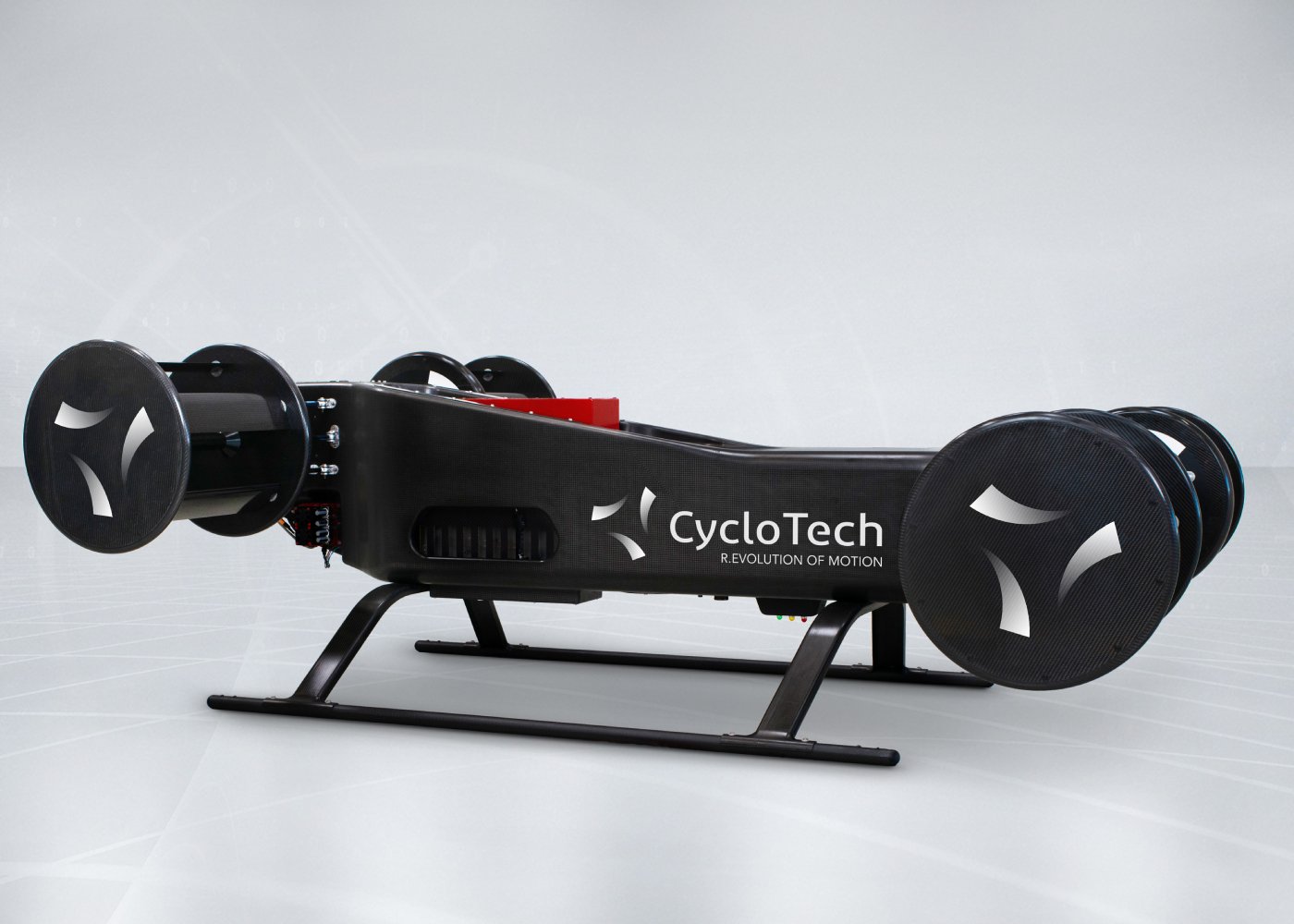
Alex Scerri: What is your solution for power unit redundancy to avoid critical parts?
Markus Steinke: The beauty of this multidirectional thrust system is that it will allow us to completely rethink how to build an air vehicle. One design we are studying with an Asian partner is a cargo drone with six CycloRotors.
Alex Scerri: Do you have any other partnerships?
Markus Steinke: We are working with academic institutions such as the Technical University of Munich, the German Armed Forces University, and an American university in Texas. From the financial side, we are about to close a round of financing. The aim is to be part of the second wave of eVTOL aircraft that will come after the ones that are starting their certification process today, so we are always open to new partnerships.
Alex Scerri: Thank you for your time, Markus, and we will be looking forward to following CycloTech’s progress.





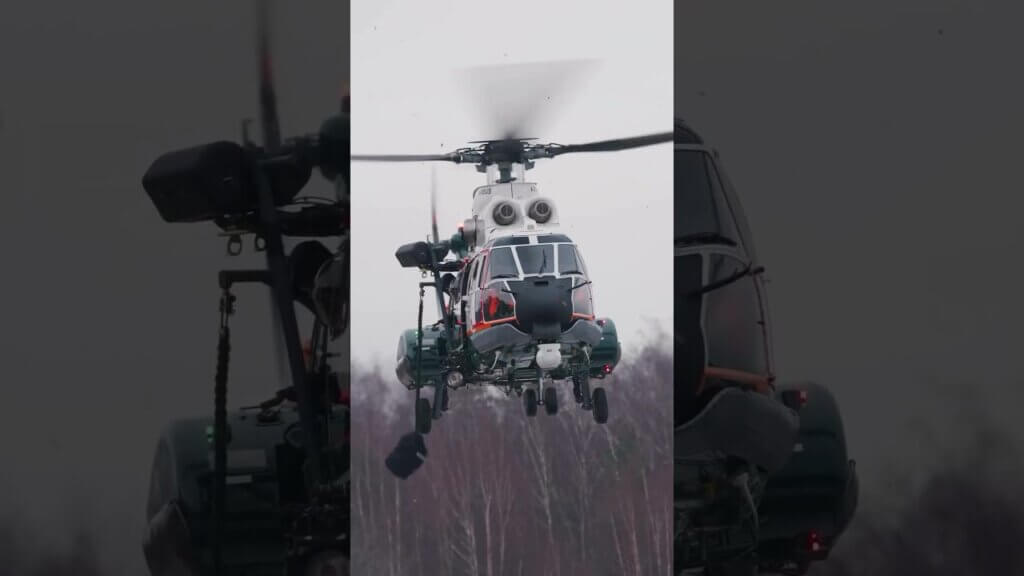
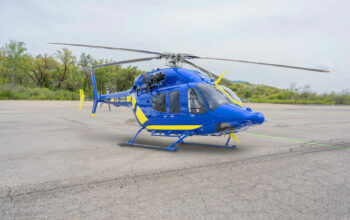
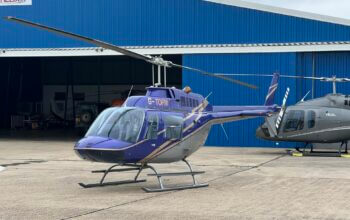
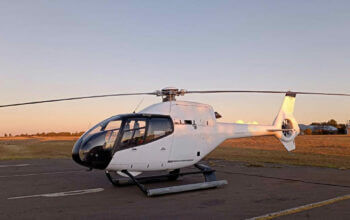
“The company was founded in 2004…” – What was the original name of the company in 2004 and who was its founder?
Engineer Meinhard Schweiger worked in this company and if “yes”, in what period of time and what did he do for the company, what projects did he bring to life, what did he patent?